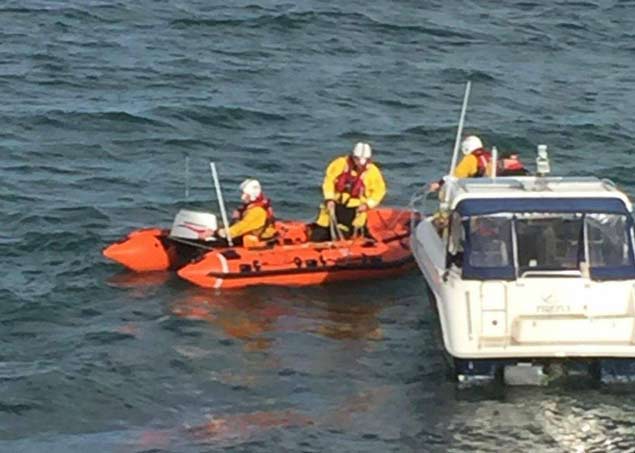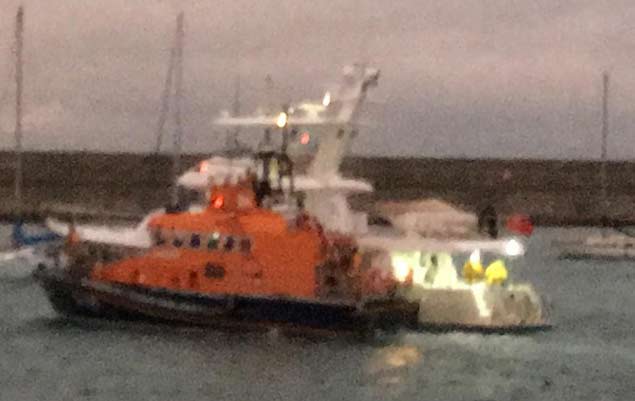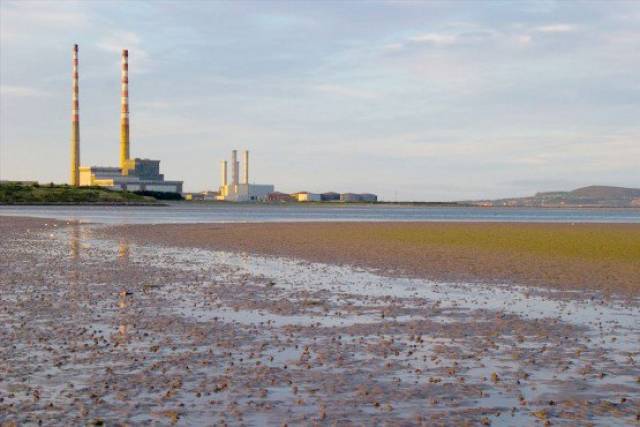Two people cut-off by the rising tide at Sandymount were rescued by the RNLI Inshore lifeboat from Dun Laoghaire this evening.
The alarm was raised at 4.30pm when the two people found themselves surrounded by water with two more hours of incoming water and nightfall due.
A shore unit of the Irish Coast Guard from Dun Laoghaire spotted the pair from the road and directed the RNLI ILB that launched at 4.45pm and was on scene ten minutes later. However, the depth of water was insufficient to permit the boat to reach the casualties and a crew-member walked the remaining distance to reach the two people who were standing on a sandbank.
They were then brought to the safety of the lifeboat before a decision was made to land them at the Pigeon House Road beach at Ringsend. The pair were unharmed apart from wet clothes and they were then looked after by the Coast Guard personnel ashore.
The operation took just over 90 minutes from start to finish and the lifeboat and crew have returned to station. The Irish Coast Guard rescue helicopter R116 based at Dublin Airport was also tasked but stood-down when the casualties were located.
 Dun Laoghaire RNLI rescue the broken down motorboat. Photo: RNLI Dun Laoghaire/Facebook
Dun Laoghaire RNLI rescue the broken down motorboat. Photo: RNLI Dun Laoghaire/Facebook
The call-out was the second service today for the inshore lifeboat. Earlier, two people on their 22–foot motorboat that had lost engine power and was at risk of grounding on rocks at the West Pier in Dun Laoghaire were brought to safety just after midday.
 Dun Laoghaire RNLI escort the broken down motorboat safely into harbour. Photo: RNLI Dun Laoghaire/Facebook
Dun Laoghaire RNLI escort the broken down motorboat safely into harbour. Photo: RNLI Dun Laoghaire/Facebook
And on Saturday night, three people on a Scottish 60-foot cruising motoryacht were brought to safety at Dun Laoghaire in near gale force winds by the All-Weather (ALB) lifeboat in a two hour operation.
































































